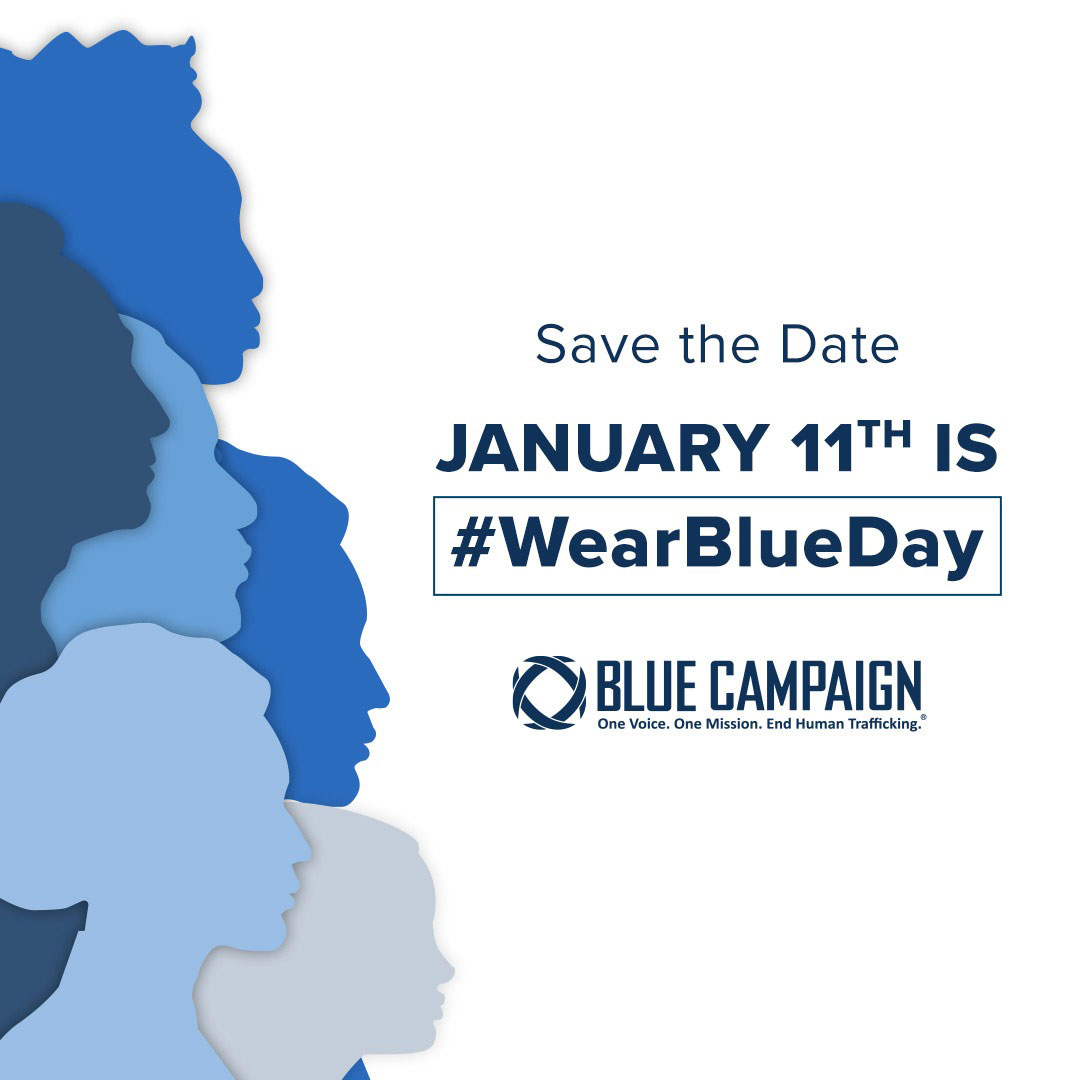Healing Action – a Gateway from Exploitation to Empowerment
This month marks the 13th year the nation has recognized Human Trafficking Prevention Month. While it’s an opportunity to raise awareness on preventing and responding to human trafficking and exploitation, it’s also a time to acknowledge and celebrate the progress that survivor leaders and anti-trafficking organizations and allies have achieved. One of those survivor leaders, Katie Rhoades, not only found her way out of a life of commercial sexual exploitation and addiction, but founded an organization dedicated to supporting adult survivors with their own journey.
When Rhoades escaped the sex trade, she found very few services for those coming off the streets. “I thought there needed to be a safe place where people wouldn’t be judged, and also not only viewed as victims of a crime but as capable individuals who could do something different,” she has said. While rebuilding her life, including earning her master’s degree in social work, she sought to create such a place.
After years of outreach resulted in a three-year infrastructure grant in 2015, Rhoades opened Healing Action, the only survivor-led agency serving adults in the region. Healing Action provides direct services to adult survivors of sexual exploitation through a model focused on case management and basic needs assistance, trauma therapy and peer support. Survivors include those involved in prostitution, pornography, survival sex and sex trafficking—anyone who has had to use their body to get their needs meet.
Sexual exploitation and trafficking can look quite different, explains Jason Seward, Director of Strategic Advancement for Healing Action. While trafficking is compelling individuals into commercial sex work through force, fraud or coercion for the economic gain of the trafficker, much of exploitation is about survival and self-preservation – food, shelter, protection – or to take care of an addiction. “They’re also treated differently under federal law, so after age 18, many victims of exploitation find themselves with criminal charges,” says Seward.
The goal of Healing Action’s support services is to help survivors through the process of healing and growth, so they will emerge on the other side strong and self-reliant, he says. Part of that includes assisting with basic needs while survivors receive therapy, life coaching and substance use treatment. “Housing and transportation become huge issues for those with criminal records, so it’s important to help with this while they’re healing,” says Seward. In 2022, Healing Action received funding for apartments to house 19 women and their families for up to two years.
While much of its funding is through federal and state grants, Seward says that private donors enable Healing Action to respond to needs that can’t be served through government dollars. The Wayne C. Kaufmann Foundation, a YouthBridge endowment client, is one of Healing Action’s longest standing private supporters, he says. “Every year for five years now, they have reached out with funding that has allowed us to pay for therapist hours, help with medical co-pays, mental health medications and more. They’ve been a huge blessing.”
YouthBridge also has had a special interest in its efforts, says Seward, visiting the Healing Action facility and even funding research that informs the work of a statewide coalition against trafficking and exploitation, CATE, housed by the nonprofit. “I believe that’s how the Kaufmann Foundation became aware of us in the first place.”
Awareness and advocacy have helped people recognize human trafficking and exploitation as not only a global issue but one impacting their own neighborhoods, says Seward. (St. Louis is ranked in the top 20 “hot spots” for sex trafficking in the country.) “What we want people to understand now is that these survivors want nothing more than to be part of society, to contribute, and we have to make it easier for them to succeed.”
